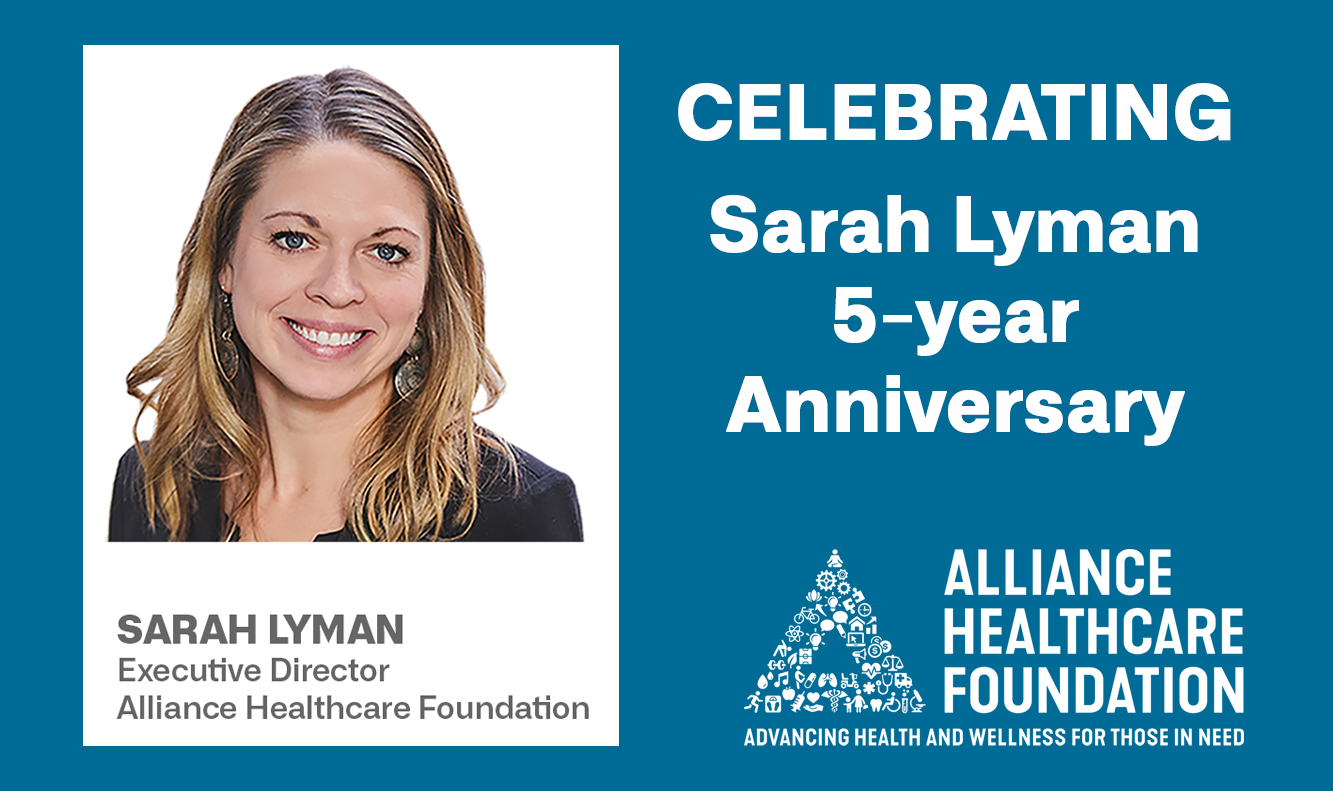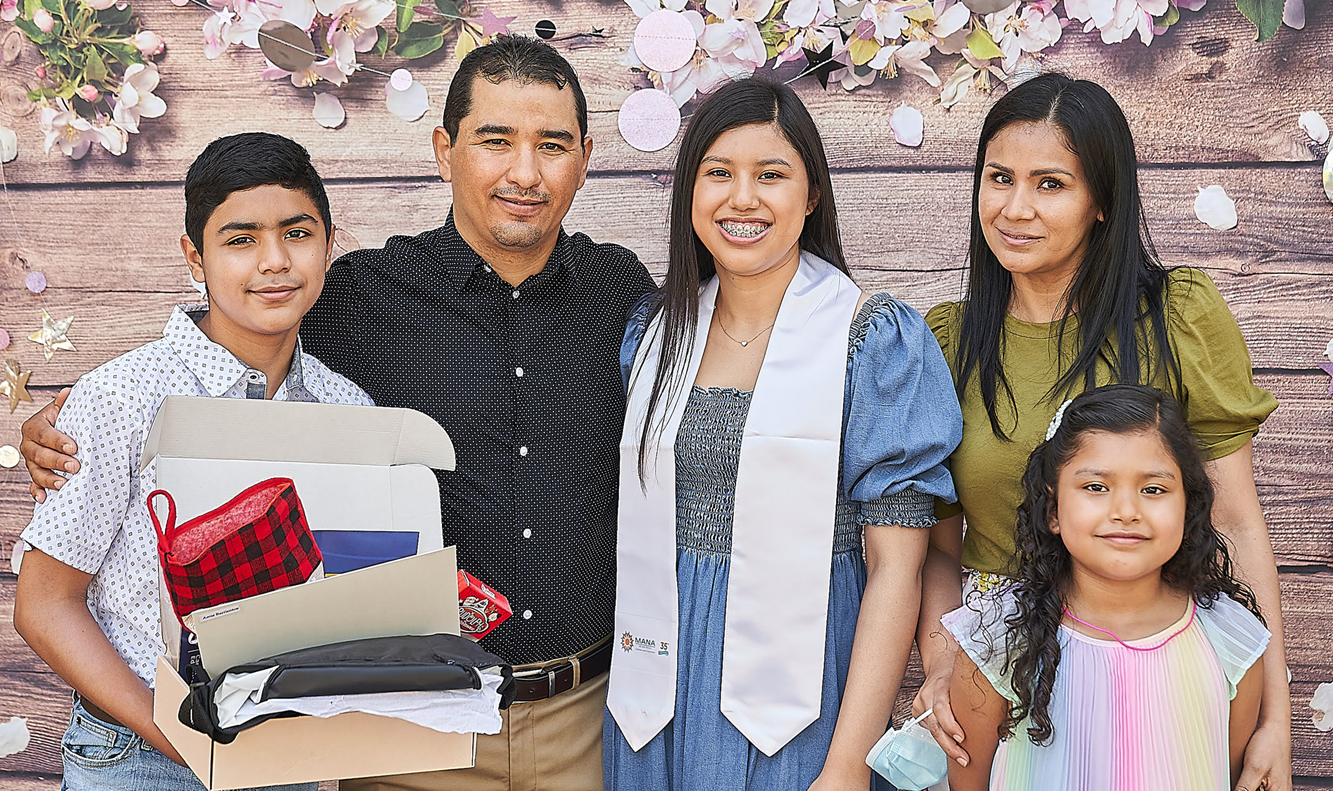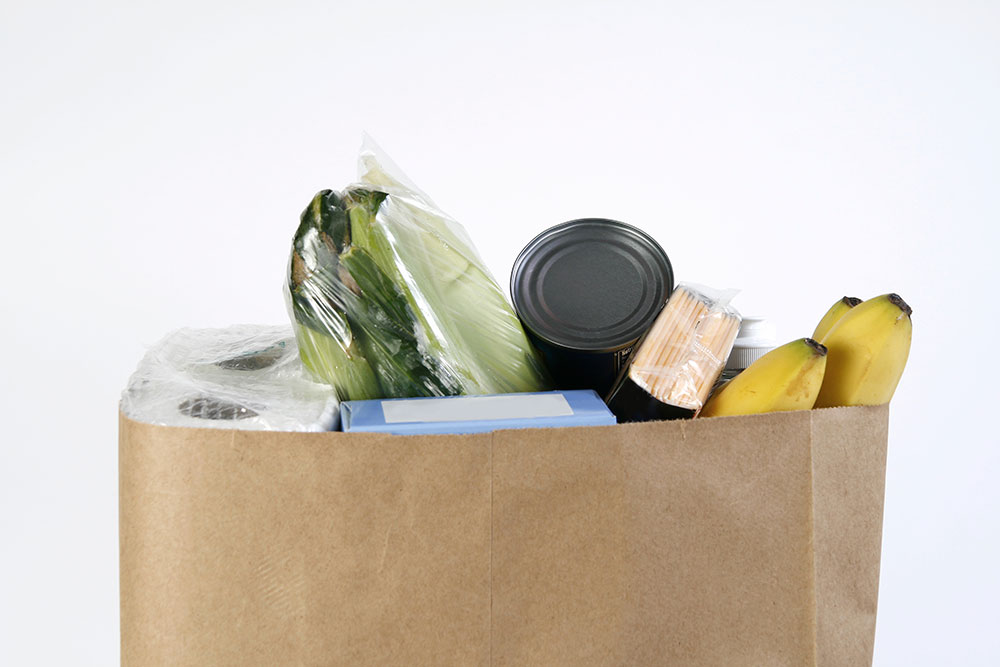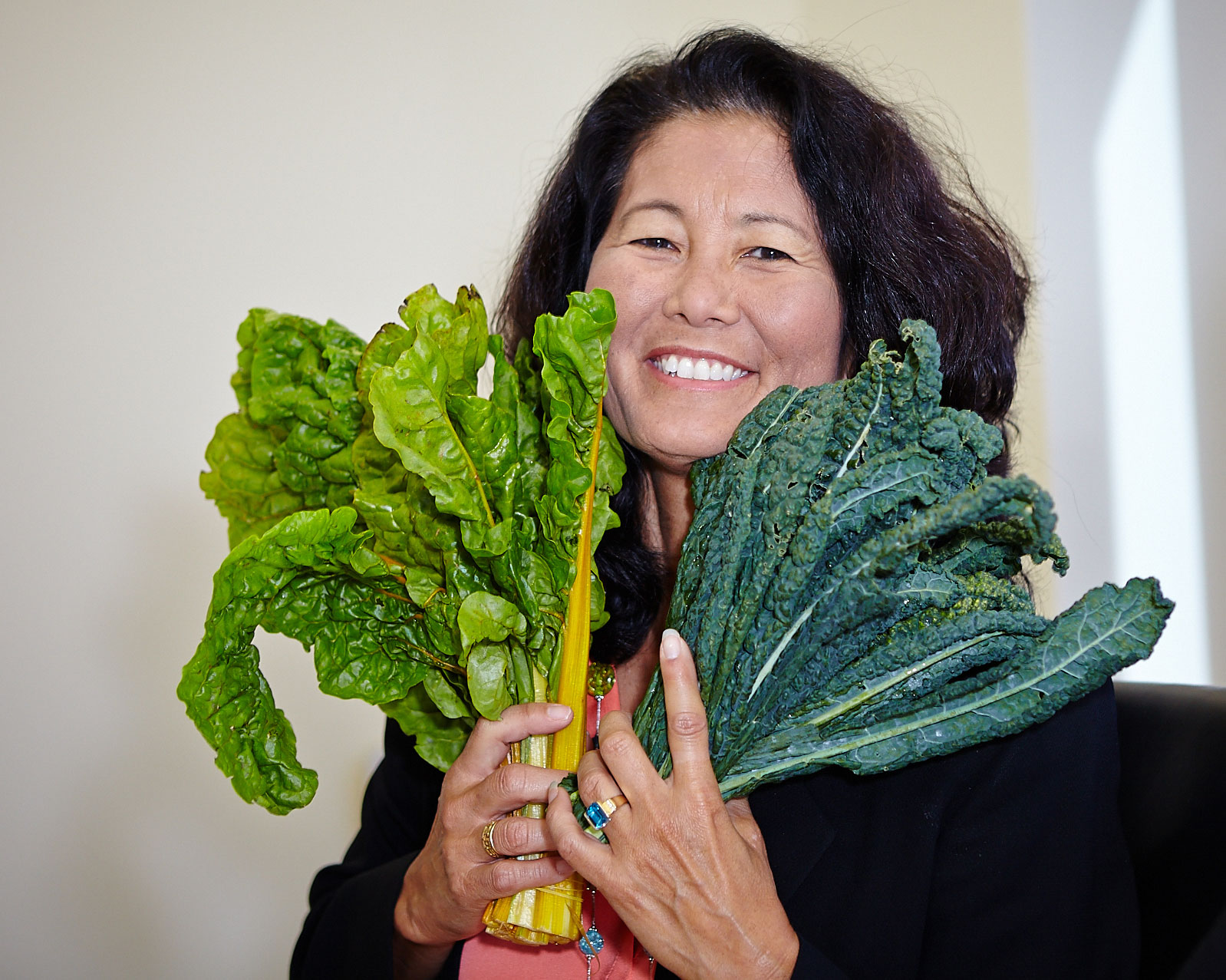September 23, 2015
Could you live on a food budget of $4.38 per day?
For many Californians living on CalFresh (food stamps) or a limited income, this seemingly impossible budget represents a harsh, day-to-day reality.
Some, like seniors living on supplemental security income (SSI) and state supplementary payment (SSP) face an even greater challenge: Their benefits make them ineligible to receive the state’s Supplemental Nutrition Assistance Program (SNAP), and the stipend they do receive barely covers their living expenses, such as rent, transportation, and any medications they need. Day-to-day life is an immense struggle for them, signaling a need for change.
From Sept. 21 to 27, the San Diego Hunger Coalition will run the CalFresh Challenge, an anti-hunger initiative designed to generate exposure and innovation for those struggling to receive daily ample nutrition. For the challenge, you set a daily food budget of $4.38—the amount afforded by CalFresh (food stamps)—for a week, writing down and sharing your experiences along the way.
You’ve no doubt heard that living a day in someone else’s shoes provides a valuable exercise in empathy and compassion, and the CalFresh Challenge is an extension of this fact, helping people understand the challenges of those living on food stamps across California.
Even without the Challenge, though, it’s a good exercise to think about the ways people adjust their eating habits when faced with budgetary restraints.
Here are some common practices people use to save money at the grocery store:
- Buy food you can repurpose for several meals. Fresh produce like lettuce, peppers, and an onion can be used for several salads throughout the week, while a multipurpose starch, like a bag of long-grain brown rice or a bag of potatoes, can also last a week or longer.
- Get a rotisserie chicken or roast your own whole bird. You can get a whole rotisserie chicken or an uncooked whole chicken to prepare yourself for about the price of just one pack of boneless, skinless breasts or thighs.
- Prepare your meals ahead of time. Meal prepping can keep you from needing unnecessary snacks throughout the day or making a stop at a fast-food joint for a quick meal. If your meal is already done and portioned, you’re less likely to splurge and cut into your budget and food supply.
- Leftovers! Don’t waste any food. If you didn’t finish a meal, save what you didn’t eat in a resealable bag or container and reheat it later.
Now, think about these points.
It’s already hard to eat well in a fried-and-fast-food society, but restricting your budget adds another layer of difficulty.
Is it realistic to meal prep when you may be juggling two jobs, children, and the rigors of a normal family life? For many, this is simply not an option. The long-lasting starches, such as rice and potatoes, offer little nutritional value on their own, so while they may help fill you up, you’re getting little in return without coupling them with a more expensive protein and/or vegetable.
That $1 meal quickly turns into a much more expensive plate as you boost its nutritional value.
For many living on a limited income, though, these are the realities they must endure. Prevention.com recently published a blog post titled “7 Ways to Eat Healthy for $4 a Day,” shedding some more light on the issue.
Read the post here and think about the tips. Would you be willing to make these changes? Could you, faced with a real need, limit your food budget to $4 a day and still lead a healthy, happy life?
It’s a real challenge, and it’s worth our time to brainstorm ideas and solutions for those who truly need it.
In an effort to better understand this struggle, our Program Officer, Michele Silverthorn, is taking the CalFresh Challenge herself. She’ll also be share her experiences here on the AHF blog, so stay tuned for more updates on the CalFresh Challenge.
 How do you get your money’s worth at the grocery store? What are some ideas you have that could impact the lives of the millions of hungry citizens living on food stamps across California?
How do you get your money’s worth at the grocery store? What are some ideas you have that could impact the lives of the millions of hungry citizens living on food stamps across California?
Leave a comment or connect with us on Twitter, Facebook, Google+, or LinkedIn and let us know. We look forward to hearing your thoughts on this subject.
– Nancy Sasaki, Executive Director, Alliance Healthcare Foundation
Related News

Jul 24, 2024
July 2024
Supporting Youth It’s time for Back-to-School readiness and several […]

Jul 9, 2024
Celebrating 5 Years with Sarah Lyman
Leading AHF through Great Periods of Growth As we close […]

Jun 27, 2024
AHF funding wealth generation for low-income Latinas
Latina Upward Mobility Initiative (LUMI) Workforce development and guaranteed income […]


